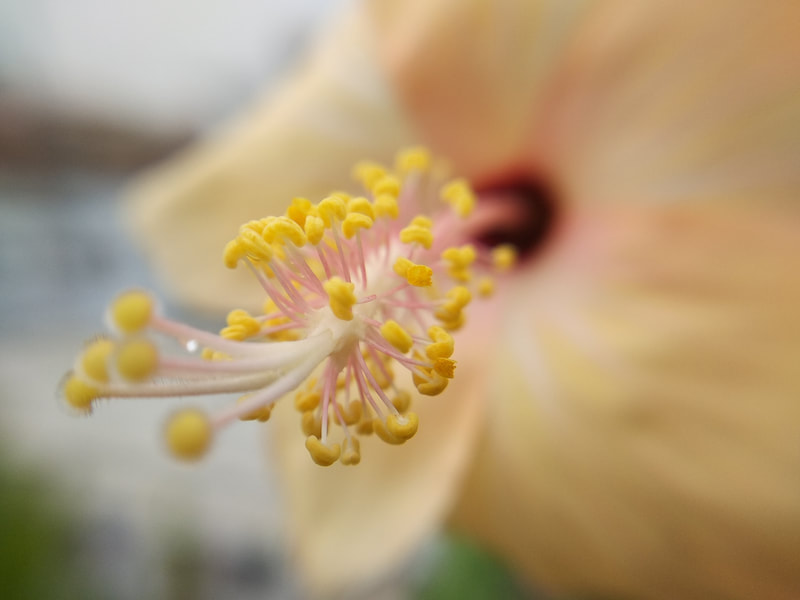|
Botanists call flowers that have either male or female sex organs "imperfect", whereas flowers that contain both male and female sex organs are called "perfect". What a contrast to the negative views about human sexual diversity among all too many communities! June marks the arrival of "Pride Month", celebrating sexual diversity and gender variance. The month includes parades and other events to foster a positive, self-affirming stance against violence and discrimination toward LGBTQ people. June, 2019 promises to be the largest celebration of LGBTQ pride in history as it marks the 50th anniversary of the rebellion at NYC's Stonewall Inn in response to a police raid. Tolerance for human gender diversity may be an ongoing struggle, but gender variability is well recognized in the plant kingdom. Some trees, such as white ash and willow, have male and female flowers on different trees (that is, individual trees bear either male or female flowers). Others, such as beech and oak, have separate male and female flowers on the same tree. And others, such as magnolias, serviceberries, and elms, produce flowers with both male and female parts. That gender isn't binary is apparent in the plant kingdom. And, as the courageous people standing up for LGBTQ rights have shown us, gender isn't binary among humans either. Rather, among many natural creatures, ourselves included, there are variations of gender expression, with gender manifesting along a spectrum rather than black or white. There is much that plants can teach us, including that sexuality manifests in diverse ways.
0 Comments
Leave a Reply. |
About this Blog
Hi! I'm Nancy Kopans, founder of Urban Edge Forest Therapy. Join me on an adventure to discover creative ways to connect with nature in your daily life, ways that are inspired by urban surroundings that can reveal unexpected beauty, with the potential to ignite a sense of wonder. Archives
April 2023
Categories
All
|



 RSS Feed
RSS Feed